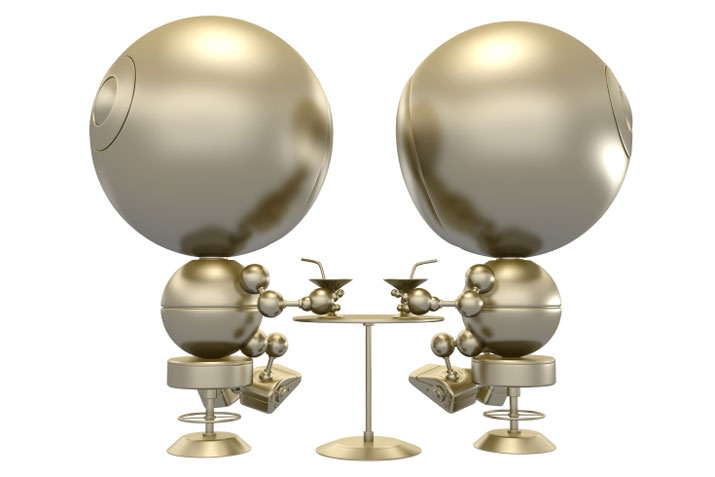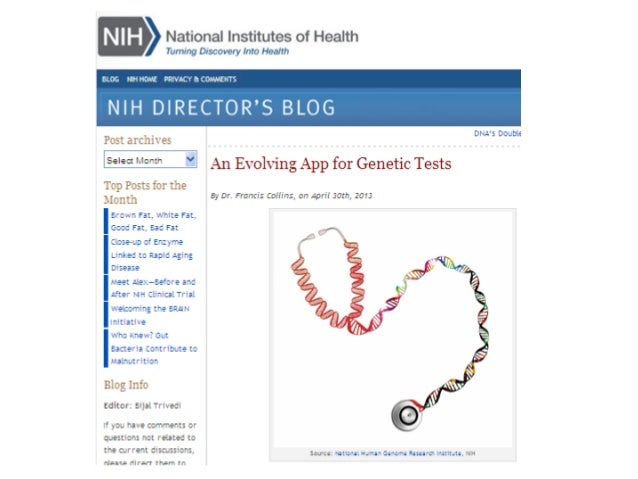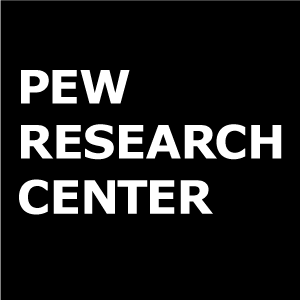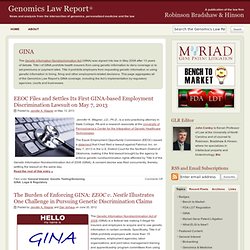 3 Questions. 3 Hints. 3 Answers. Every Tuesday.
3 Questions. 3 Hints. 3 Answers. Every Tuesday.
1. With last week’s Germanwings disaster, aviation-related safety technology has been highlighted in the news, including this invention:
Hint:
Answer: the difference between current airplane wings and birds’ wings? Birds’ wings are the only ones that bend. This may change, however, with the application of a 3D-designed pin joint to a bendable wing design. Will it work on plane wings? According to researchers, the technology should work regardless of wing size. Of course, when it comes to planes and other flying objects, one still has to worry about the fuselage or main body of other airborne vehicles. Many collisions involve more than just a clipping of a wing and would require something akin to a force field to avoid catastrophe. Nonetheless, although such technology would not have averted the Germanwings disaster, one can envision and recall situations where the invention could be a useful aircraft feature. Read more here.
2. What recent negative classification just got a slap in the face?
Hint:

Answer: Keith Solomon, a University of Guelph toxicologist claims the World Health Organization misrepresented one of his studies and thereby “made a critical scientific error” when it concluded that the herbicide glyphosate is a probable carcinogen, having used the study as support for its distorted conclusion. Glyphosate’s impact has been assessed at length and studies conclude it is not a human health risk. Read the details here.
3. What relationship has been largely ignored to date, but needs to be considered in light of the future?
Hint:

Answer: while some of us have at least thought about how we should treat robots, and how they should treat us, only a small number of us have considered how robots should treat each other. However, it might be prudent to turn our minds to the “interactions between intelligent robots themselves and the effect that these exchanges may have on their human creators.” At this time, we are the designers, we are in control and have a responsibility toward them and us. As Nobel Laureate Frank Wilczek recently said, “we are they, they are us.” However, our position of power may be short-lived, for these entities are likely to surpass us in both intelligence and strength. So, let’s think about it now, rather than later. Read the story here.















